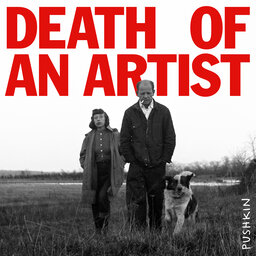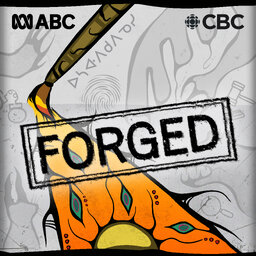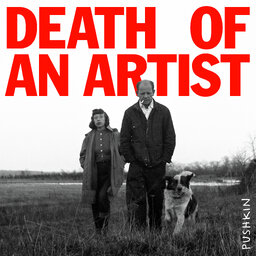Today, Carl Andre lives in the same apartment where Ana fell to her death. Helen investigates and grapples with what his not guilty verdict means and chips away at the silence the art world has used to protect both Andre and itself.
If you’d like to keep up with the most recent news from this and other Pushkin podcasts be sure to subscribe to our email list.
 Death of an Artist
Death of an Artist


